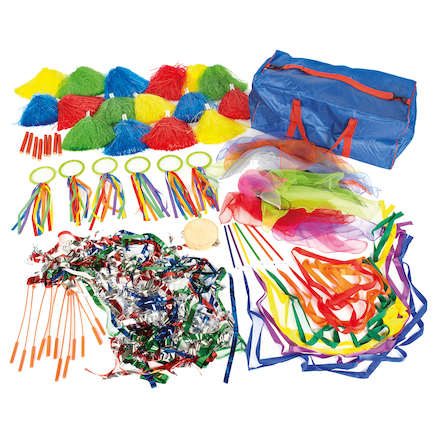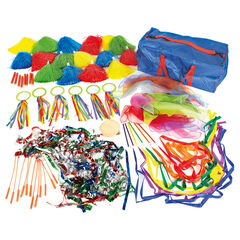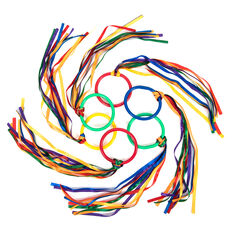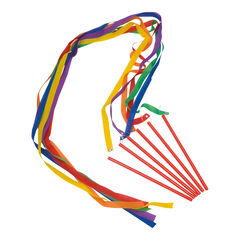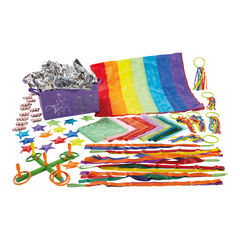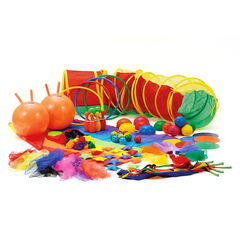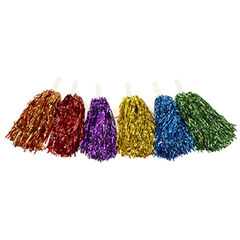Now, I am no trained dancer, but I do love a good boogie on the dance floor at parties and at home when the music is pumping and no one is watching! I also love Strictly Come Dancing and judging by the viewing figures, so do millions of others. It engages viewers of all ages, genders, cultures and dancing abilities. This TV dance programme inspires and entertains. We marvel at the skills the celebrities learn each week and the talent of the professionals. We enjoy the music choices, the outfits, the judges feedback.
And yet what really is dance? How do my efforts on the dance floor and in my kitchen relate to the performances we see on Strictly each week?
Well in a nutshell, dance is simply movement. And more often than not, it is movement to music.
So I am always sad when I hear some school staff call dance, ‘The Dreaded D word’. This does not paint a particularly positive picture of dance for anyone. But it doesn’t need to be like that. Remember dance is simply movement. And more often than not, like I said before it is just movement to music!
Let’s remember PE is about educating our pupils in and through the physical. PE plays an important role in developing the whole child, helping our children on their physical literacy journey, aiding them to fulfil their potential. So, how does dance support this?

What are the benefits of dance?
Dance provides an opportunity for our pupils to be develop body control and strength, along with raising awareness of the body and its movement possibilities. Dance enables pupils to learn, practice and refine a wide range of essential fundamental movement skills (FMS). These include agility skills, such as leaping, rolling, jumping, stepping, using changes in speed and changes in direction. It supports stability, both static and dynamic, through twisting, turning, reaching, stretching, travelling and the third of the FMS groups, coordination. Through opportunities to move body parts together, in opposition simultaneously, to a rhythm, to music or in silence.
Dance also supports pupil’s character development. It provides opportunities for communication skills, teamwork, negotiation, cooperation, resilience and many more aspects of character.
And dance allows creativity to flow, imaginations to run wild, offers story-telling opportunities and the free child to flourish.
So how can we bring joy to pupils (and staff) through the learning and teaching of dance?
All high- quality PE lessons must be purposeful and clear outcomes are needed for each lesson. I believe these work best when shared with pupils visually and/or verbally at the start and referred to during a lesson. An effective way to develop outcomes and focus on key learning is to include a physical outcome (of course because it’s Physical Education!) and also a non-physical outcome (remember we are developing the whole child in our PE lessons!).
You won’t need to go far to identify what the non-physical outcome could be. Consider social outcomes if the lesson provides opportunities for paired work, teamwork or communication. Or maybe cognitive outcomes, if planning, decision making or self-reflection are part of the lesson or creative outcomes if the lesson enables pupils to create movements, link movements, develop sequences, use equipment imaginatively. All these areas of non-physical outcomes work well with dance. Whilst our go-to may be creative outcomes, do not discount the other areas. Dance is a rich source for all areas of learning.
So once you are clear about your physical and non-physical outcomes, what could support you in your teaching of dance?
- Some of the ideas I have seen or used during primary staff PE CPD include using a story book (e.g. Giraffes Can’t dance, I Like to Curl Up in Ball and Commotion in the Ocean), poetry (such as Rhyme and Rhythm Books) and a word wall created by pupils to help provide context. Again this could be great use of a mobile whiteboard to use in the classroom and move to the PE dance space.
- I also love the use of sharing a video in the classroom to set the scene. I use a fantastic video of a variety of machines at work, pupils the chose a verb shown in the video and this creates the focus for the lesson. Week on week they develop these movements and combine in pairs and small groups, creating their own mini machines. Using different directions and heights, controlling their bodies, creating strong fluid movements. They then include equipment to extend the complexity of movements. Ribbons, ropes, chiffon scarves all work well. Rhythmical music helps support their movement, changing the speed of music changes the speed of movement.
Explore resources to support Dance and Movement
- I have seen images and series of images, such as animals, to stimulate movements and thoughts. Some staff use the topic or area of learning from their history, geography or science teaching as a theme for a unit of PE and the use of music as the catalyst. Take your tools and resources into the PE learning space to create a positive dance learning environment.
So my suggestion is to plan your dance lessons based on clear learning outcomes (physical and non- physical). Next consider ways, as suggested above, to create context and excitement for the pupils. Allow simple movements to be mastered, repeated, practised and refined. Provide clear teaching points to help pupils work towards the achievement of outcomes. Focus on the quality of movements, body control and awareness. Do not forget to encourage creativity, sequencing of movements, combinations of movements and exploration. Consider when there may be opportunities to work individually, in pairs and/or groups. Decide when and how pupils could self and peer reflect to improve quality of movements.
Thank you to Philippa Youlden for writing this blog for us.
Philippa Youlden is a freelance PE, sport, wellbeing and education consultant passionate about the power of movement, activity and high quality PE and school sport opportunities for all children. Philippa works nationally delivering CPD, developing educational campaigns and writing resources for a range of organisations and school networks, supporting children to enjoy, thrive and fulfil their potential through PE, sport and physical activity. www.philippayoulden.co.uk
You can also take a look at WELLNESS with Zip Active to support EYFS and KS1 Wellbeing through physical activity, and MOVE with Zip Active supporting EYFS and KS1 fundamental movement skill development and communication and language through movement.



